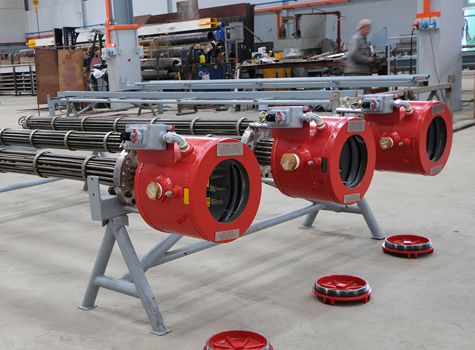A supercritical fluid (SCF) is any substance at a temperature and pressure above critical points. At this point, distinct gas and liquid phases do not exist. The fluid can effuse through solid (like gas) and can dissolve materials such as a liquid. It is essential to keep in mind that even a small change in temperature or pressure may significantly change density close to the critical point. This allows many properties of the supercritical fluid to be fine-tuned.

Fluids are also considered supercritical even when the fluid’s temperature is below the critical point value. In cases like these, the liquid will be highly compressed. The pressure is mandatory for liquids to remain above a critical value.
A Schematic phase diagram (pressure vs. temperature) shows four classical states of matter: solid, liquid, gas and the supercritical fluid (SCF) state.
Check out Sonal Patel’s article, What Are Supercritical CO2 Power Cycles? to view a Schematic phase diagram.
Sublimation, melting, and vaporization lines are indicated, and the triple point and the critical point (CP) Pc is the critical pressure and Tc is the critical temperature. Typically, a supercritical fluid is used instead of organic solvents. The two most commonly used supercritical fluids are water and carbon dioxide. Both fluids can be used within power generation and decaffeination.
For more information on Supercritical fluids, refer to the links below:
- Supercritical CO2 Brayton cycle: A state-of-the-art review by Yaping Liu, Ying Wang, and Diangui
- Supercritical CO2-Brayton Cycle by Sandia National Laboratories
SUPERCRITICAL FLUID HEATERS
Armstrong Engineering Associates and Armstrong Chemtec Group have supplied Impedance heaters for processing Supercritical ammonia, water, CO2 and for the manufacture of Cellulose.
